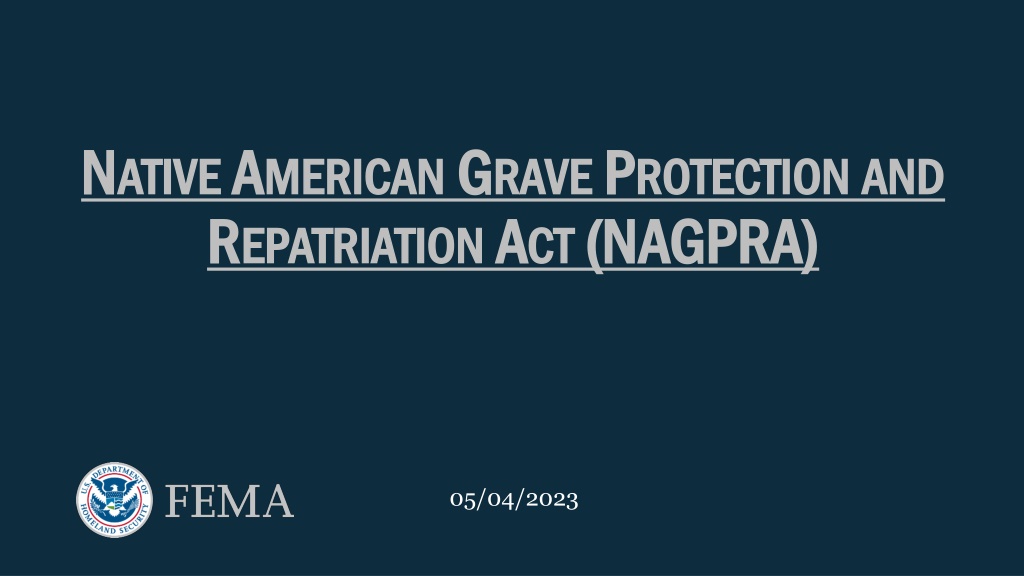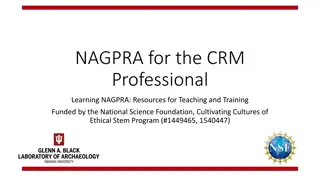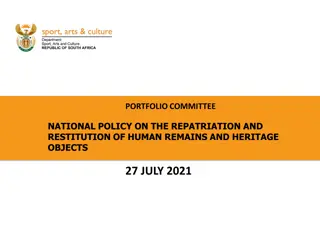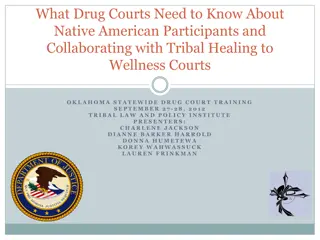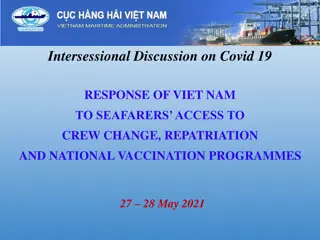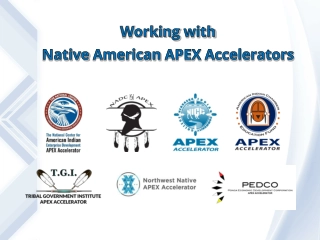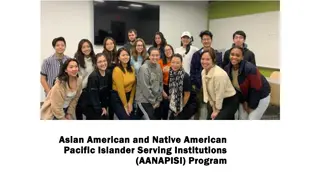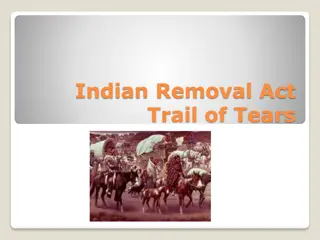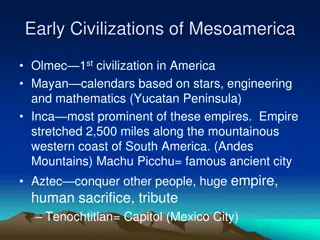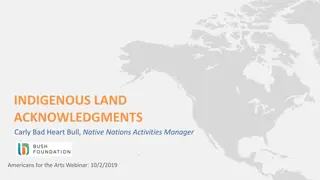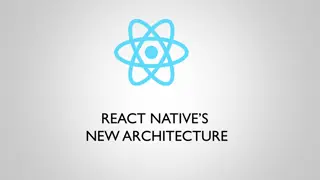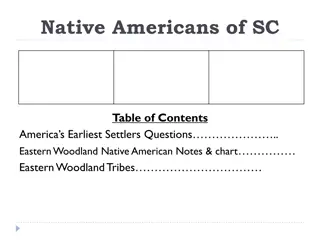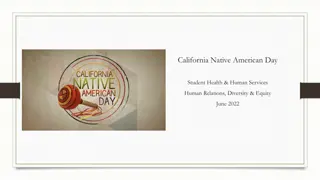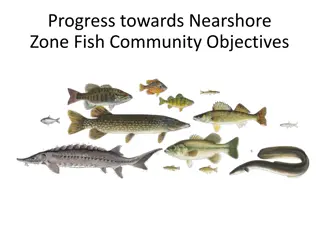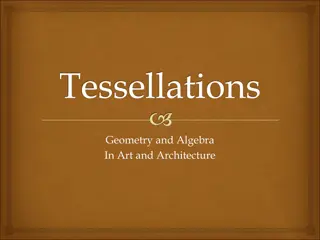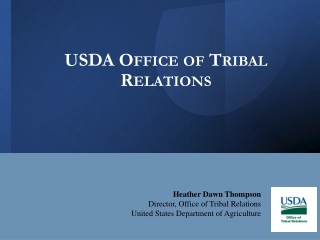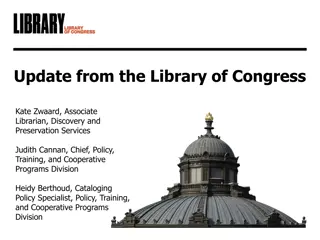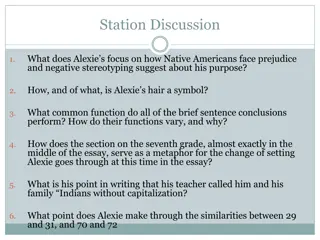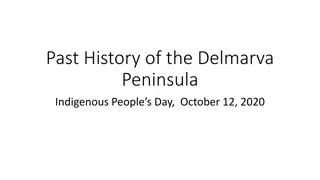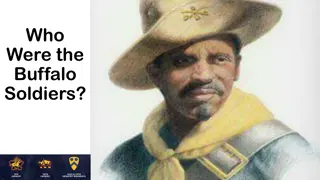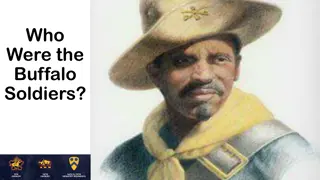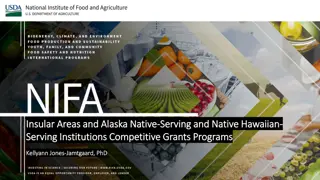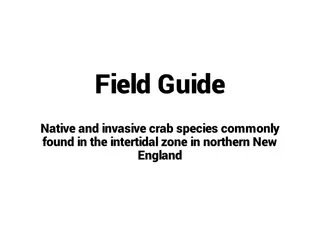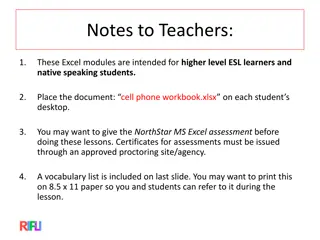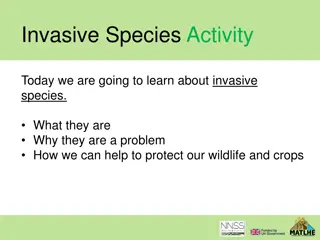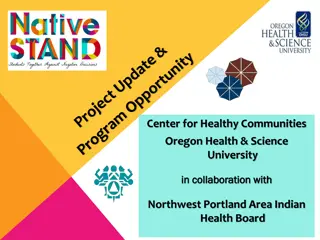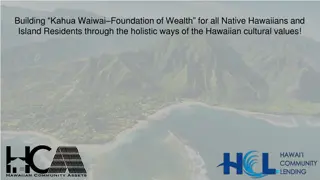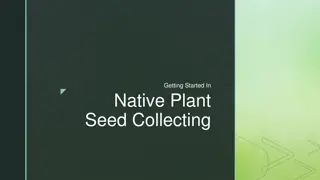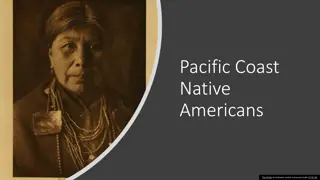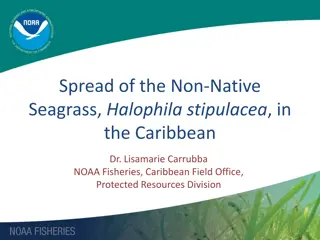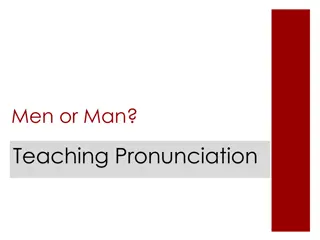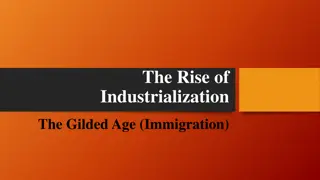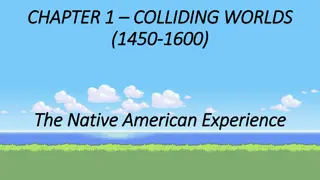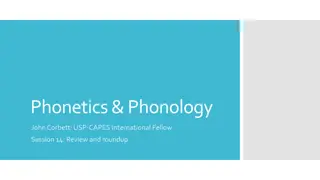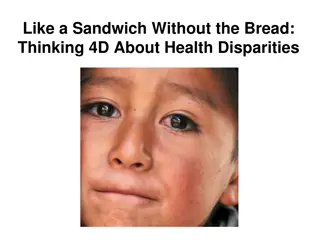Native American Repatriation and NAGPRA Overview
The Native American Graves Protection and Repatriation Act (NAGPRA) enacted since November 1990 establishes ownership of cultural items excavated on Federal or Tribal land. It requires returning such items to Native American descendants and affiliated tribes. The Act also criminalizes trafficking in Native American human remains and cultural items obtained unlawfully. NAGPRA safeguards Native American graves and cultural practices, respecting their sovereign rights and customs. Key considerations emphasize protecting discovery sites and involving relevant authorities. The National Park Service plays a crucial role in monitoring NAGPRA compliance and resolving disputes.
Download Presentation

Please find below an Image/Link to download the presentation.
The content on the website is provided AS IS for your information and personal use only. It may not be sold, licensed, or shared on other websites without obtaining consent from the author. Download presentation by click this link. If you encounter any issues during the download, it is possible that the publisher has removed the file from their server.
E N D
Presentation Transcript
N NATIVE ATIVEA AMERICAN R REPATRIATION EPATRIATIONA ACT MERICANG GRAVE RAVEP PROTECTION ROTECTION AND CT(NAGPRA) (NAGPRA) AND 05/04/2023
NAGPRA Establishes ownership of cultural items excavated or discovered on Federal or Tribal land and land transferred to states by the Federal Government. Effective since November 1990. Requires federal agencies and institutions that receive federal funding to return Native American "cultural items" to lineal descendants and culturally affiliated American Indian tribes, Alaska Native villages, and Native Hawaiian organizations Provides guidance regarding procedures required upon discovery of human remains and certain cultural artefacts such a funerary objects. NAGPRA makes it a criminal offense to traffic in Native American human remains without right of possession or in Native American cultural items obtained in violation of the Act. 2
Why NAGPRA? Historically states only regulated marked graves. Often the remains of Native American graves were treated differently from the dead of other races. Native American religious beliefs and practices are protected by the First Amendment. Native Americans hold unique rights as sovereign bodies, their relations are controlled by their own laws and customs. The relationship between the people and their dead is an internal relationship, to be understood as under the sovereign jurisdiction of the tribe. The U.S. government does not have the right to disturb Native American graves or their dead, because it has not been granted by any treaty. 3
Essential Information Part of a collection of Federal and state laws that protect cultural resources. Seldom applied as a stand-alone law. Usually applied as a part of a National Programmatic Agreement with USCG, EPA, and other agencies on cultural resources protection in an incident. Provides directions on how and when to coordinate with State Historic Preservation Offices (SHPO) and Tribal Historic Preservation Offices (THPO). In most cases it is the SHPO/THPO and other entities like the National Park Service that would be guiding compliance with NAGPRA if the remains are identified as Native American. 4
Key Considerations on Discovery Protect the location of sites, do not share the information widely, focus on contacting the relevant authorities which likely includes the State sheriff and/or coroner, even if you have reason to believe it is historic/prehistoric. Include a staff Historical Preservation Specialist in the process. Do not move or store potential remains unless absolutely necessary. Leave in place and if possible cover or cordon off the area. 5
Who Ya Gonna Call? National Park Service National NAGPRA Program Support the Review Committee established to monitor NAGPRA compliance, make findings of fact, facilitates the resolution of disputes, consults on regulations, and reports to Congress Draft regulations to implement NAGPRA, in consultation with the Review Committee Assist where there are excavations and discoveries of cultural items on Federal or Tribal lands Publish notices for museums and Federal agencies in the Federal Register Create and maintain databases for NAGPRA summaries and inventories Administer grants to museums, Indian Tribes, and Native Hawaiian organizations in fulfilling NAGPRA Provide training and outreach programs to tribes, institutions, Federal agencies, and the public Staff the Secretary of the Interior on civil penalties imposed on institutions that fail to comply with NAGPRA 6
Point of Contact Dan Odess, daniel_odess@nps.gov Chief of Science and Research. He is the National Park Service expert on cultural resources protection in oil spills. He was the lead for cultural resources protection and damage assessment on the Deepwater Horizon (BP) oil spill response and recovery and now gives trainings to agencies on the topic. He is a valuable resource for additional training or consultation with an expert on planning/exercises. According to the National Programmatic Agreement, NPS is who we should be working with for pre-planning activities. 7
